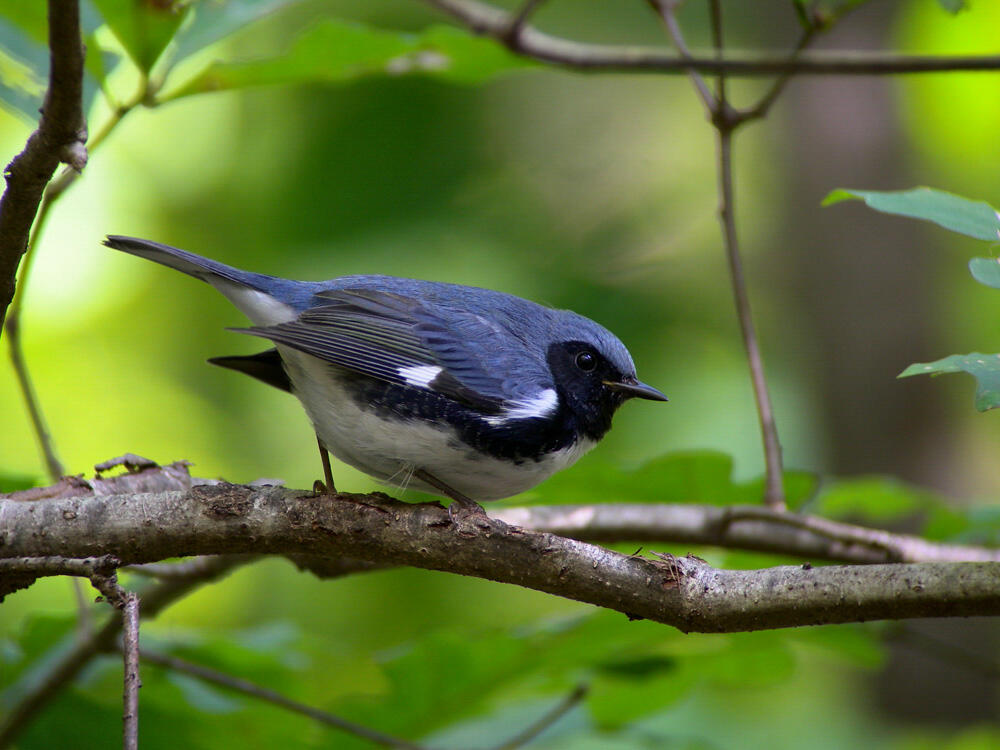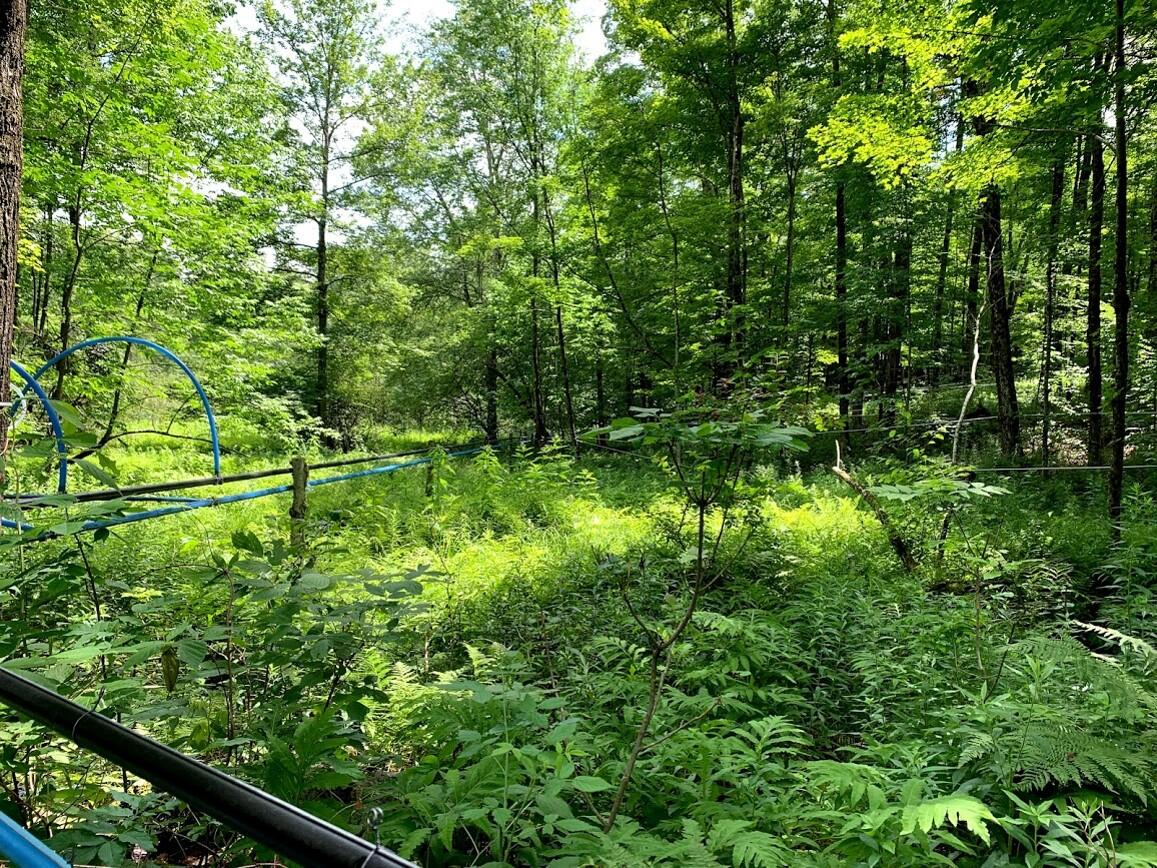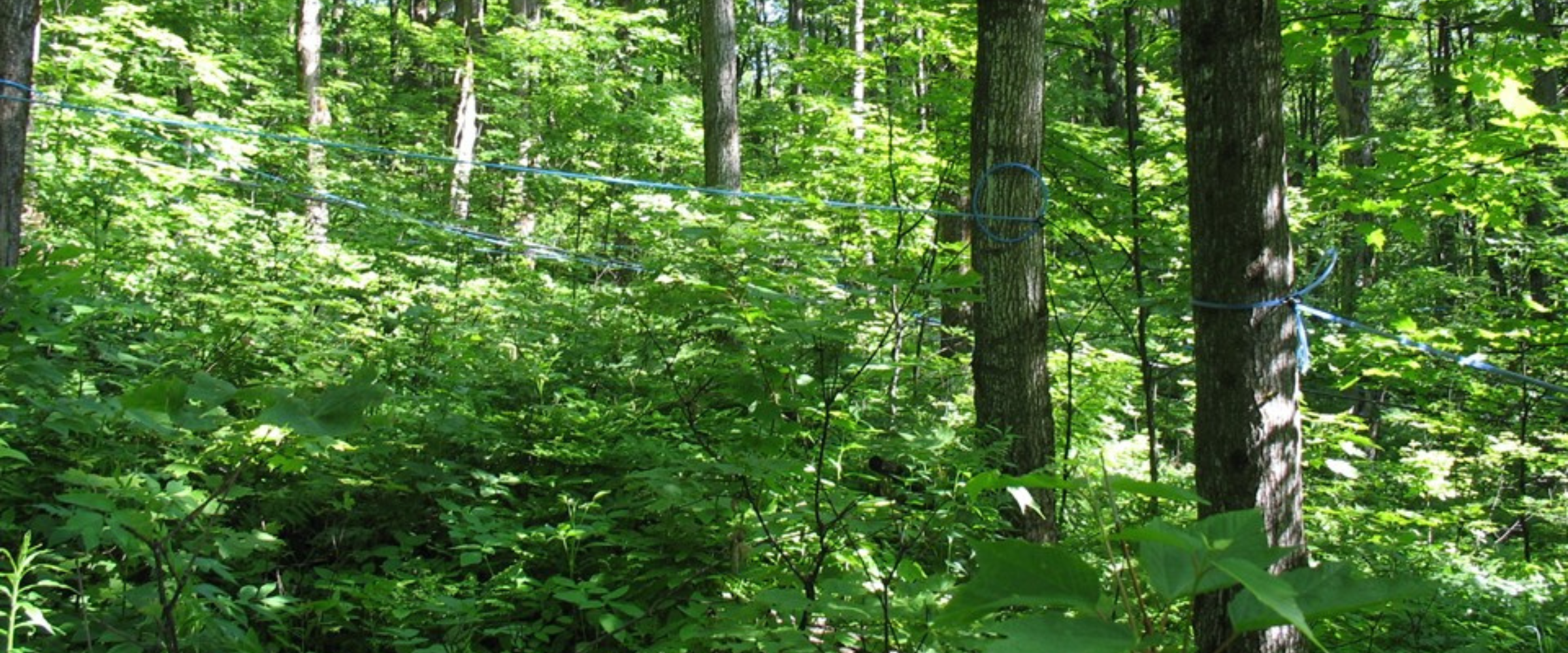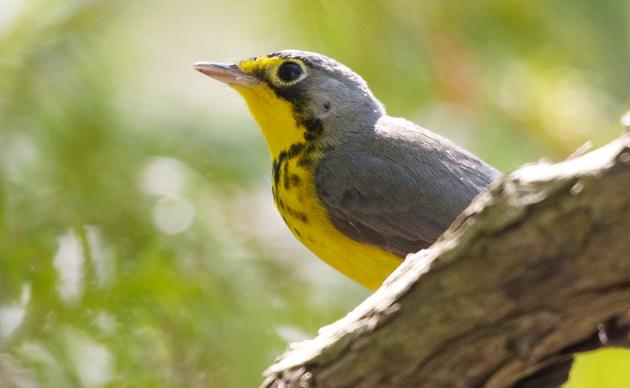The following guidelines help ensure important bird habitat characteristics are integrated into sugarbush management. They are also intended to be used as criteria for Audubon's maple product recognition program.
A healthy maple sugarbush provides nesting habitat for a diversity of forest birds; it's also less susceptible to disease. On a wider scale, healthy forested landscapes provide benefits like carbon sequestration and watershed protection.
Some of these bird species have more than 50% of their global breeding population in the northeastern forest; however, many of these forest birds have experienced steep population declines for decades. Through the planning and implementation of sugarbush management activities that develop a structurally and biologically diverse forest, the maple industry can play a vital role in global bird conservation efforts while also enhancing the health and sustainability of the sugarbush and, in turn, promoting and potentially increasing market visibility of maple products.
In addition, applying sustainable forest management to a sugarbush to improve bird habitat can also help create healthy forested landscapes that provide many benefits to people and wildlife, including carbon sequestration, watershed protection, flood control, forest products, and recreation.
For more information about this program, contact suzanne.treyger@audubon.org
General Requirements
- A participating sugarbush must be part of a contiguous forest block (≥200 acres; maple producer does not need to own entire forest block). Large forest blocks are important habitat to forest birds, and help minimize negative impacts to birds nesting in the forest interior.
- A current forest management plan is strongly encouraged. For participants with a management plan, Audubon staff will review the plan and provide additional management recommendations that address forest bird habitat improvements.
- A forest habitat assessment conducted by Audubon staff or an approved professional forester. The assessment will capture current habitat conditions and provide habitat management recommendations for a participating sugarbush. Management recommendations can be included in a new forest management plan or in an update to a current management plan.
- To limit disturbance to nesting birds, harvests within a participating sugarbush must be conducted outside the nesting season (breeding season runs May – July).
- Conversion of a stand to a sugarbush may require special consideration, especially in natural communities where maple is not an associate species.

Tree Species Diversity
Diversity of tree species in a sugarbush can reduce the presence and impact of sugar maple insect and disease pests, and increases habitat quality for forest birds.
- When establishing a new sugarbush, tree species other than maple must account for ≥25% of the stand’s percent basal area. Habitat assessments and/or forest management plans should list this as an objective and describe how it will be maintained or achieved. Where a new sugarbush is already >75% sugar maple as measured by percent basal area, habitat assessments and/or forest management plans should describe the causes for the limited tree species diversity as well as how future management will be used to increase native tree species diversity over the long-term.
- For an existing sugarbush, if ≤25% of the stand’s basal area is non-sugar maple, a forest management plan must describe the causes for limited tree species diversity, and how future management will increase diversity over time.
- Control of any non-native and invasive species within the sugarbush should be included in the habitat assessments and/or forest management plan, as well as how the participating sugarbush owner will control deer browse on desirable understory plants (e.g. hunting, fencing, slash walls, etc.). Protocols for assessing deer impacts on desirable vegetation, such as Assessing Vegetation Impacts from Deer (AVID) may be recommended.

Layers of Vegetation
A range of tree sizes, from seedlings to trees > 30 inches in diameter, provides for current and future tappable trees and promotes long-term health and sustainability of the stand. This variety of size classes creates layers of vegetation - known as "vertical structural diversity" - within the sugarbush, providing a variety of forest-dependent birds with places to nest, forage, seek cover from predators, and raise their young.
- Habitat assessments and/or forest management plans should include descriptions of current percent cover of understory (0-6 feet in height) and midstory (6-30 feet in height) vegetation (native trees and shrubs). Ideally, under and midstories should have ≥ 25% cover, averaged across all acres within a sugarbush. If the 25% cover is not found within these subcanopies, the forest management plant should describe the cause and recommend management to increase the growth of subcanopy layers.
- Habitat assessments and/or forest management plans should also include a management schedule that addresses long-term forest management necessary to ensure health, vigor, and regeneration within the sugarbush.
Standing dead trees (snags), live trees with cavities, and woody material on the ground are all important components of nutrient cycling in the sugarbush. Tree tops left in the forest after management is complete helps protect seedlings from being browsed by deer. A variety of bird species use dead and dying trees, both standing and on the ground, for nesting, foraging, and cover.
- Habitat assessments and/or forest management plans should describe methods for snag and cavity retention and/or recruitment. Several snags and/or cavity trees > 10 inches diameter should be retained and/or recruited per acre. Snags and cavity trees do not need to be evenly distributed but present across all acres, and retention and recruitment can occur in areas of sugarbush not being tapped. Large, old sugar maples may also be retained to achieve snag and cavity targets. They may be tapped until sap production ceases, then left to senesce naturally, and become snags and eventually large woody material on the ground.
- Habitat assessments and/or forest management plans should describe methods for retention or recruitment of woody material on the ground. A minimum of 4 logs >10 inches diameter and >3 feet in length must be retained and/or recruited per acre. Whole tree harvesting is not permitted and all material <3 inches diameter should be left in the forest. Where possible, slash should be left high and not lopped.
How you can help, right now
Donate to Audubon
Help secure the future for birds at risk from climate change, habitat loss and other threats. Your support will power our science, education, advocacy and on-the-ground conservation efforts.





